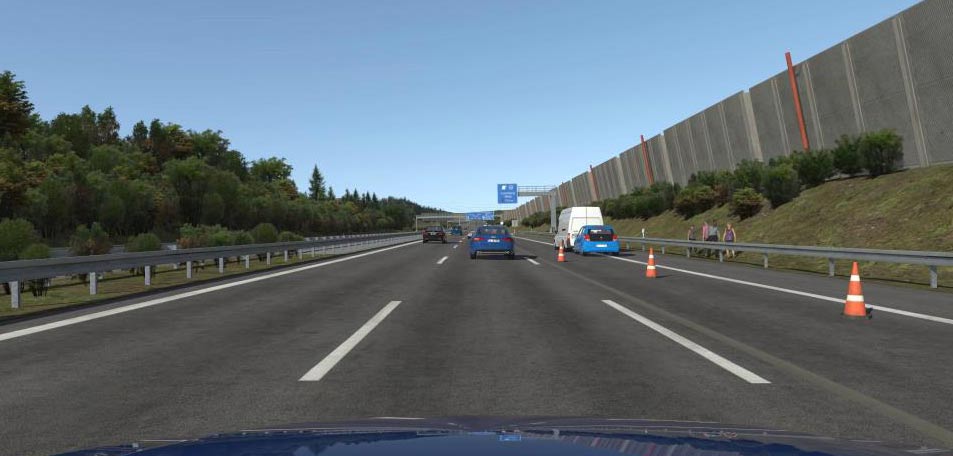rFpro’s platform for developing autonomous vehicles virtually can be used to assist autonomous vehicles to learn how to avoid accidents by correctly interpreting the road scene detected by its sensors.
The company originally developed the technology for most of the Formula 1 teams and it has since been adopted by the world’s largest vehicle manufacturers for its ability to accurately replicate the behavior of a vehicle accurately.
Chris Hoyle, technical director at rFpro, who initially developed the technology, explained how he saw an opportunity to adapt it to develop and train the systems these vehicles use: “The company started completely by accident when some simulation software I gave away free on the internet 10 years ago attracted the attention of a Formula 1 team. We used software based on gaming technology to revolutionize driving simulation.
“The autonomous vehicle market is expected to be worth up to US$10tn, but debate is rising about whether these vehicles should be allowed on our roads. If not, how do we develop them?
“An evolution of our platform enables vehicle OEMs to thoroughly test their technology and be absolutely confident in their systems before validation on real roads. The key to autonomous vehicle adoption is the development of the vehicle’s ‘brain’, its ability to make appropriate decisions – that’s what our technology helps with.”
In order to ensure accurate testing, the company has created a library of real roads through highly-precise scanning technology, which forms the basis of the simulation. As it is a digital platform, users have control of all the variables, such as traffic, pedestrians, weather and location, enabling them to test every eventuality.
“By using multiple computers 24/7, manufacturers can undertake millions of miles of testing every month using our platform. Humans can also be introduced into the simulation, controlling surrounding cars or pedestrians, so we can assess an autonomous vehicle’s decision making and also the interaction between the vehicle and the driver. But most importantly, it is carried out in a safe environment.”


